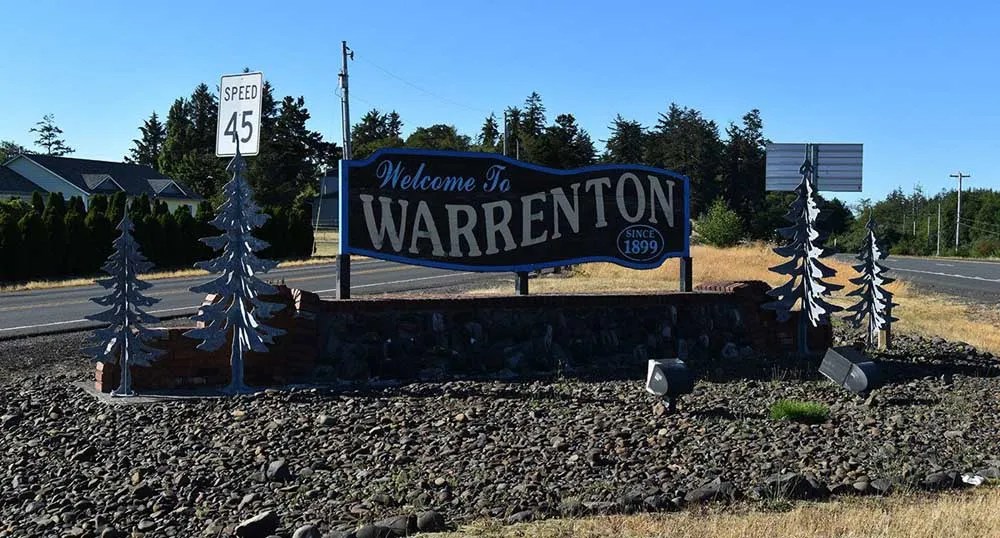As clock tick-tocks, city zooms in on Safeway block
Published 4:00 pm Thursday, December 2, 2004
Public use, including a new library, civic building and public plaza – not condos or college buildings – make up the most likely scenario for redeveloping the Safeway/American Legion block.
Trending
At Monday’s Astoria City Council meeting, city staff will recommend the public-use option, said Todd Scott, the city’s community development director, based on findings of the Portland firm Moore Iacofano Goltsman (MIG), which held two community workshops in Astoria last month.
Public sentiment expressed at those workshops clearly favored public uses over two other options: a college campus or mixed public- and private-use development.
On Monday, Brian Scott, director of community development services for MIG, will present the advantages and disadvantages of each option to the council, which must submit a final design to Oregon Housing and Community Services, the agency that provided $750,000 for the city to purchase the old Safeway property, by Jan. 1.
Trending
However, Todd Scott (no relation to Brian Scott) said it’s possible the city might ask for a deadline extension so the newly-elected council members, Les Zimmer and Russ Warr, who will take office in January, can have a say in decisions about that important downtown property.
Todd Scott said he expects it to take 18 months to two years to design and fund the public-use option, which could be in place by summer, 2007. Meanwhile, it’s important to come up with a good interim use of the property, now being used as a free parking lot, he said.
Brian Scott recommends demolishing the old Safeway immediately, clearing the site and paving the lot so it can be used for paid public parking and community events. Todd Scott said the concrete slab that will remain once the building is gone can be “dressed up” with benches and landscaping.
In addition, Todd Scott said the city is looking at creating diagonal parking on the streets bordering the square block: Duane, 11th and 12th streets, and possibly Exchange Street. Sidewalks would be moved into the site, he said, to make room for parking without narrowing those streets. He said improvements could be in place by next summer, at a cost well below the $450,000 MIG estimated for demolition, site preparation and improvements.
The cost of developing the block for public use, which would be borne mainly by taxpayers, could also be pared down from MIG’s estimate of $14 million or $15 million, said Astoria City Manager Dan Bartlett. The MIG design – without the American Legion building – includes a new library, a 15,000 square foot civic building with public meeting rooms and an auditorium, a 40,000 square foot plaza, and 72 angled parking spaces. If the American Legion does not move, the components would be similar, but would be scaled down.
Bartlett said MIG went with the maximum the site could support, which he said is what they should do. “I think they’ve done wonderful work,” Bartlett said. “They’ve expanded on previous work (of other design firms retained by the city in the past) to get closer to what we need.”
But he said the city could go with a one or two story building, for example, and could start with a smaller library that could be expanded later. “We’d look at grants to reduce the cost and phase the project in over a longer period of time,” he said, adding that it takes at least a couple of years to put together a funding package for any public project.
“A public design process is a series of iterations, Bartlett said. “Step by step we jell those ideas down into something affordable.”









